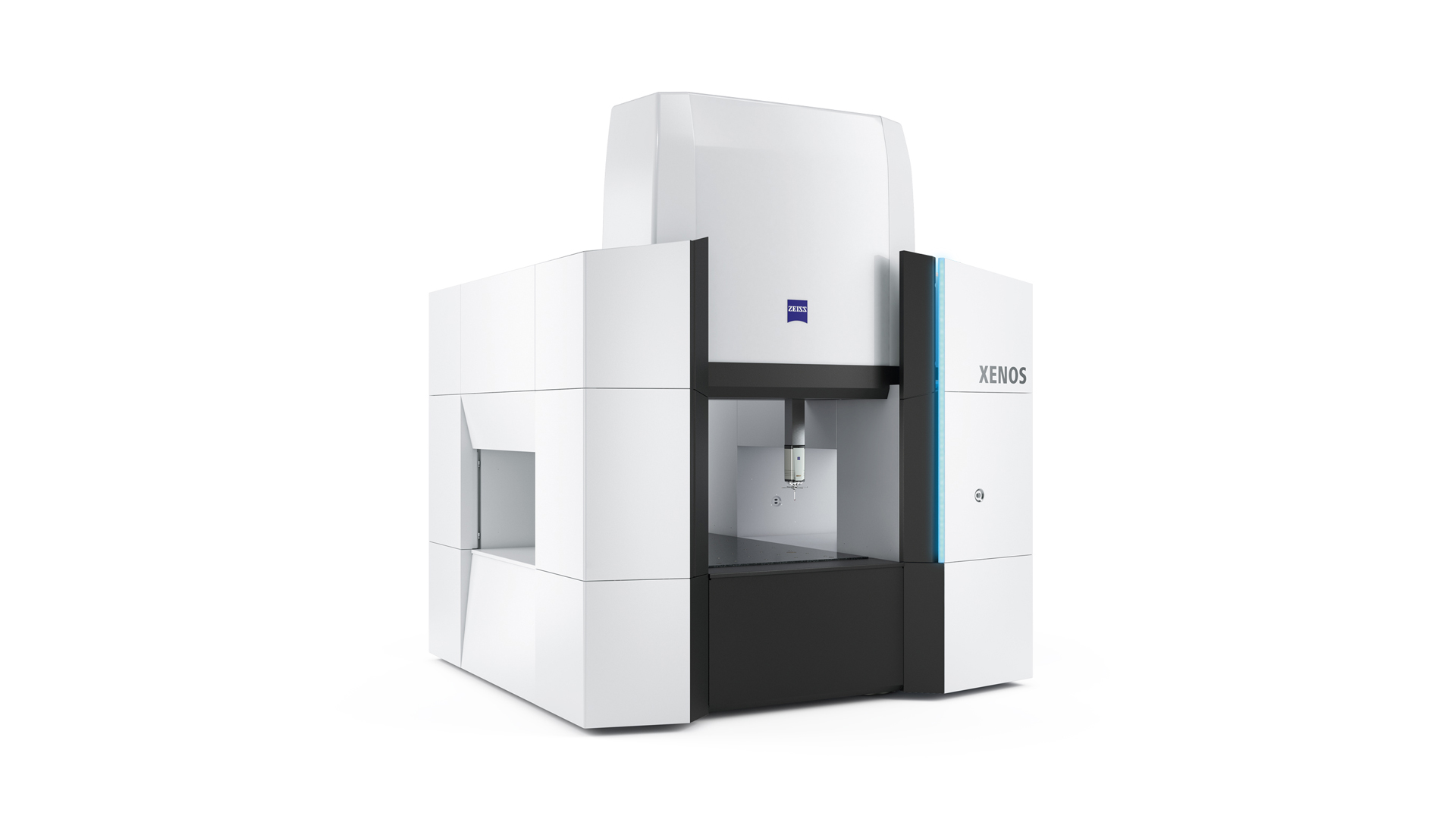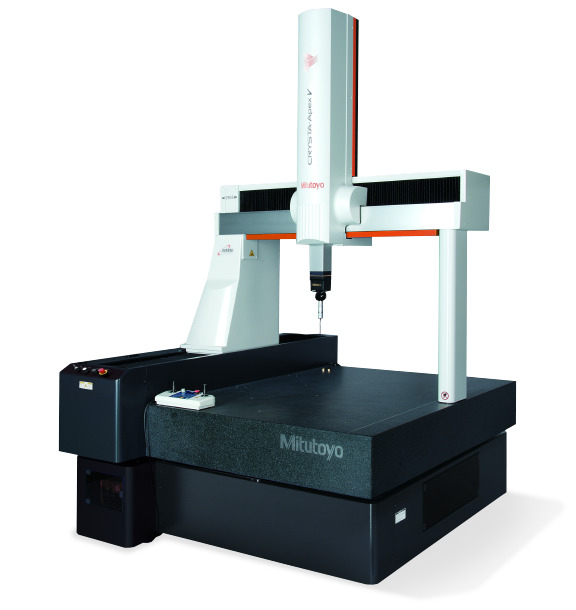

Apart from CMMs (3D Measuring Machines), there are also 1D and 2D Measuring Machines. Each type varies in functionality and applications. Here, we will delve into the features, functionalities, and applications of each type of measuring machine, and explain the circumstances in which it would be beneficial to implement a CMM.
In addition to CMMs (3D measuring machines), there are also 1D and 2D CMMs measuring machines. 1D machines measure lengths, 2D machines measure dimensions on a plane, and CMMs are designed to measure three-dimensional shapes. Here, we will explore the features and mechanisms of 1D and 2D measuring machines as well as CMMs.
One-dimensional measuring machines are simple devices that measure the distance between two points. Typical examples include micrometers and vernier calipers, which perform precise measurements through manual operation. One-dimensional measuring machines are widely used in basic measurement tasks and quality control in manufacturing, continuing to play a vital role due to their simplicity and reliability.
Two-dimensional measuring machines assess dimensions of objects on a plane. This type of measuring machine combines moving stages with imaging technology to determine dimensions. With digital technology, they can perform repeat measurements with consistent accuracy. They are particularly suited for measuring flat objects such as sheet metal and paper products.
CMMs are advanced devices designed to measure objects in three dimensions. Capable of measuring complex shapes and areas with depth, they use sensors such as lasers or probes. CMMs have become essential tools for detailed quality inspections and product design verification in manufacturing.
Unlike 1D and 2D measuring machines, CMMs can easily perform complex, three-dimensional measurements. They are capable of precisely measuring complex shapes and deep parts, offering significant advantages in product quality control and design verification.
CMMs can also measure steps and surface roughness. This is crucial for evaluating the quality of products in detail, especially in precision engineering and manufacturing of high-quality products. For example, the ability to measure the subtle surface finishing of molds or inspect the dimensions of precision parts is highly effective.
Utilizing non-contact measurement functions, CMMs can also measure transparent, mirrored, and molded surfaces. Measuring these materials, which was challenging with traditional measuring machines, becomes easier by using non-contact CMMs. This facilitates efficient quality inspections of optical products and precision components.
CMMs also have two-dimensional measuring capabilities. This allows for both three-dimensional and two-dimensional measurements with a single device, streamlining the measurement process. The ability to choose the optimal measuring method according to the product enhances flexibility and efficiency in manufacturing environments.
CMMs can accurately measure complex three-dimensional structures. They are capable of handling shapes that require high measuring precision, such as steps and surface roughness. CMMs are useful in measuring and quality control of parts in industries like manufacturing, automotive, aerospace, and medical devices.
When choosing a CMM, the optimal choice depends on the type of object being measured. While CMMs are useful for measuring complex shapes in general, the most suitable model depends on the specific application of the CMM. The link below introduces CMMs tailored to the challenges and applications of different measurement objects. Understanding CMMs based on challenges and applications will help you select a CMM suited to your business needs.

Source: KEYENCE Website(https://www.keyence.com/products/measure-sys/cmm/xm/index_pr.jsp)
This CMM has a caliper-like feel, enabling even beginners to perform high-precision measurements. It can be carried without the need for temperature control, allowing for immediate measurements at any desired location and time. As it doesn't require a large installation space, it's a CMM with a low entry barrier.

Source: Carl Zeiss Website(https://www.zeiss.com/metrology/products/systems/cmm.html)
Utilizing linear drive on all axes, this CMM boasts high precision with a maximum permissible length measurement error of 0.3+L/1000μm, repeatability of ±0.2μm, and resolution of 0.001μm. The reduced occurrence of errors allows for a decrease in the need for remeasurement.

Source: Mitutoyo Website(https://www.mitutoyo.com/products/coordinate-measuring-machines/)
A CNC CMM that was first developed in 1976.
It features applications that respond to the demand for "Smart Factories" by allowing monitoring of operational status and maintenance management of the machine through the network.
Reasons for Selection